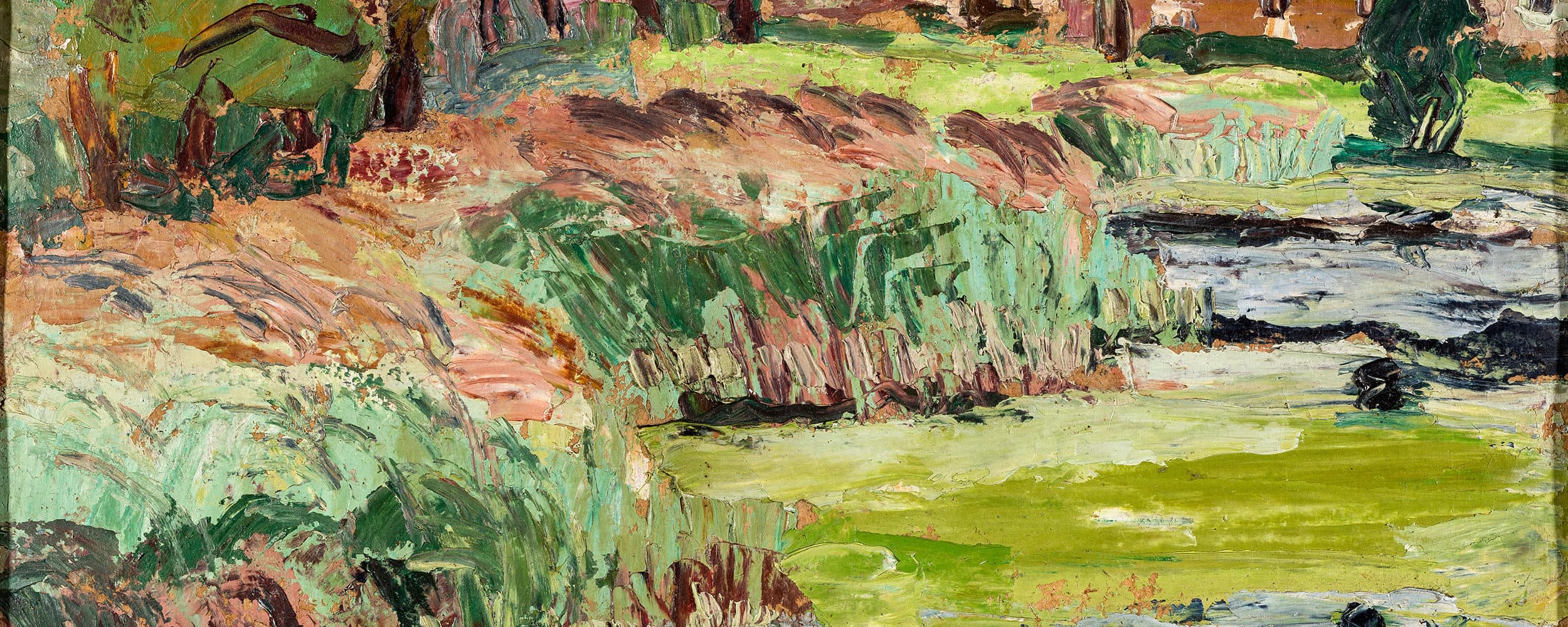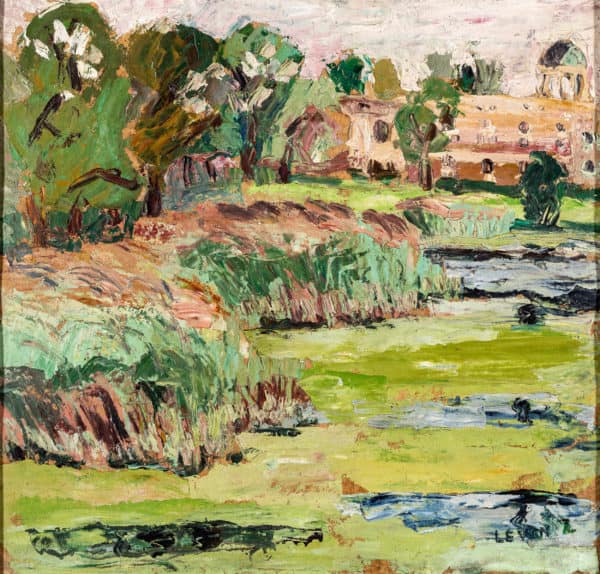

Julo (Julius) Levin came from a Jewish family in Stettin. He did a commercial apprenticeship and also enrolled for evening classes at the Stettin Art School in 1919. That same year, he moved to Essen to attend the School of Applied Arts, where he studied with Karl Kriete, Josef Urbach and Johan Thorn Prikker. He followed his teacher Thorn Prikker to the Munich School of Applied Arts in 1921, then to the Düsseldorf Art Academy in 1923. In Düsseldorf, he also attended courses by Heinrich Campendonk and Heinrich Nauen, and was made a master student of the latter. He also became friends with Franz Monjau. After completing his studies in 1926, Levin joined the Young Rhineland group that was centred around Johanna Ey, and later also joined the Rhine Secession in Düsseldorf. Between 1927 and 1930, Levin took part in the exhibitions of both these groups, and in 1928 also participated in the exhibition of the Die Juryfreien association in Berlin. In 1928, Levin joined the Association of Revolutionary Visual Artists of Germany (ASSO), which was closely allied with the German Communist Party.
Levin hesitated to emigrate or to go underground, probably because he feared that he might endanger others by doing so. He was arrested for political activities and for supposedly having assisted emigrants. Levin was then forced to work on the streets and as a graveyard assistant. From 1936 to 1938 he taught drawing at the Jewish elementary school in Düsseldorf, and also taught at private schools in Berlin until 1941. After these schools were closed by the National Socialists, Levin had to undertake forced labour again; his last job was cleaning deportation trains. His friend Franz Monjau was murdered at the Buchenwald concentration camp in 1945, but Monjau’s wife Mieke managed to hide Levin’s paintings and his children’s drawings from the Nazis. Levin was arrested on 7 April 1943 and deported to Auschwitz on 17 April, where he was murdered.
